I would like to animate these dots consecutively. If sample1 dot is 100%, the sample2 will animate to 100%, then the sample3 will be next to animate.
I'm trying to write the code, but failed. The output of my code is all dots animate together.
Here is my code
var previous = null;
$(".myblock").each(function(){
var a = $(this);
if(previous){
a.find("span").animate({ left: "100%"},1000,function(){
$(this).attr("rel","100");
});
}else{
var d = $(this).prev().find("span").attr("rel");
a.find("span").animate({ left: "100%"},1000,function(){
$(this).attr("rel","100");
});
}
previous = this;
});
If you have tutorial like this. please give me links. I'm doing an experiment if this is applicable in jQuery.
Update
My html
<div class="block-row">
<div class="myblock">
<label>sample1</label>
<div class="block-rate">
<span></span>
</div>
</div>
<div class="myblock">
<label>sample2</label>
<div class="block-rate">
<span></span>
</div>
</div>
<div class="myblock">
<label>sample3</label>
<div class="block-rate">
<span></span>
</div>
</div>
</div>
my CSS
.block-row{
margin-top: 40px;
}
.block-rate {
background: #ccc none repeat scroll 0 0;
height: 3px;
position: relative;
}
.myblock{
margin-bottom: 20px;
}
.block-row label{
padding-bottom: 10px;
}
.block-rate span{
display: block;
position: absolute;
left: 0;
top: -10px;
width: 25px;
height: 25px;
border-radius:50%;
background-color: #000;
}
